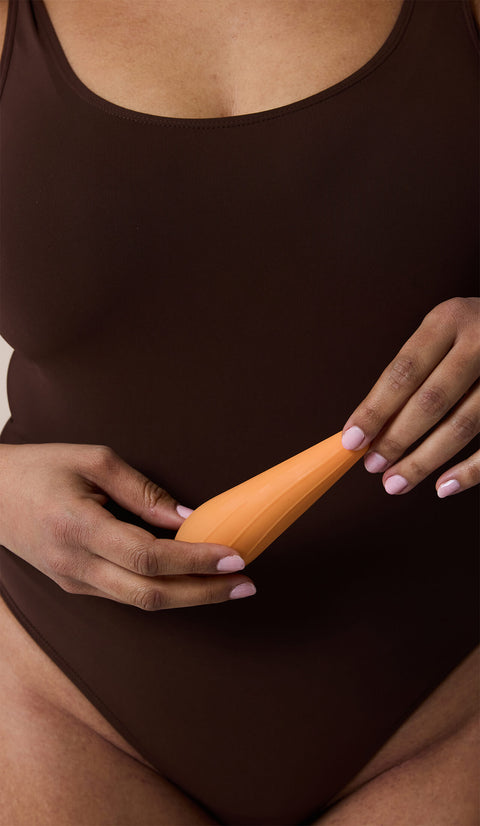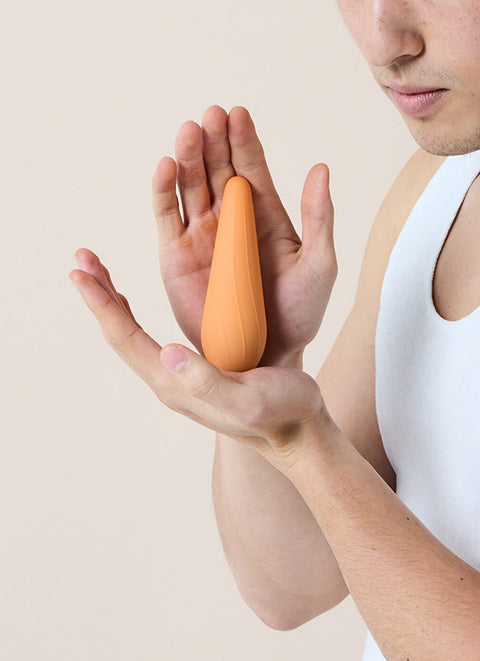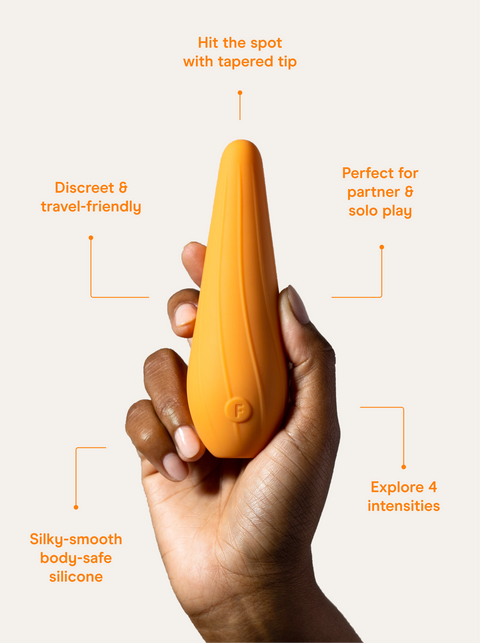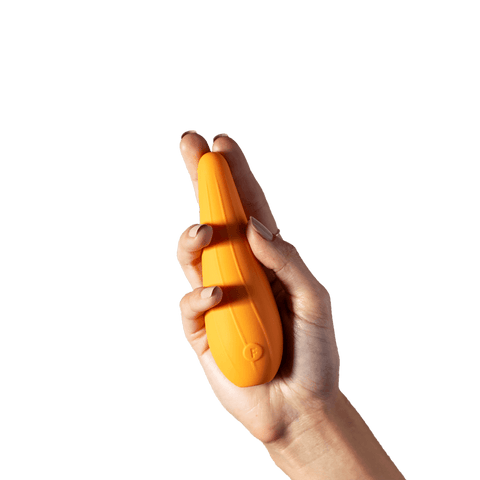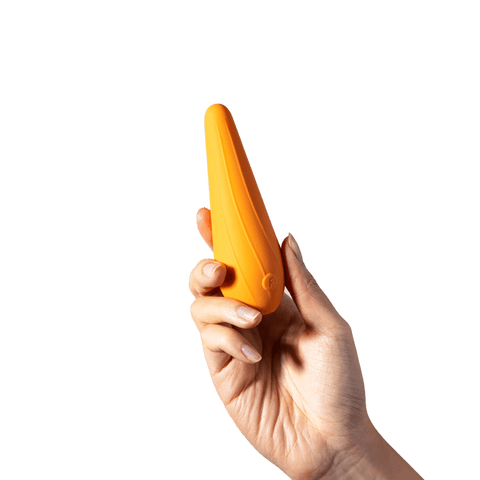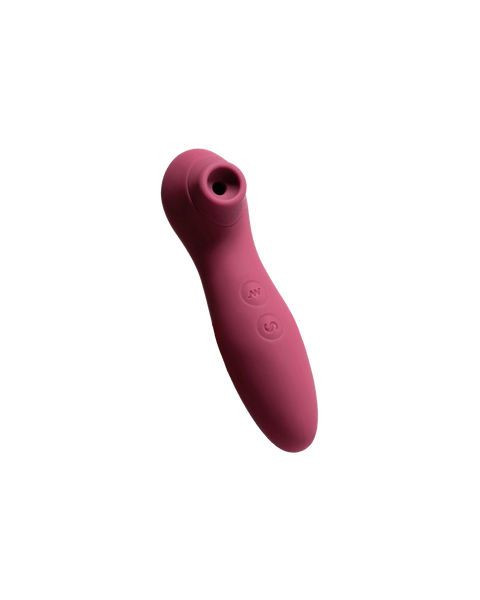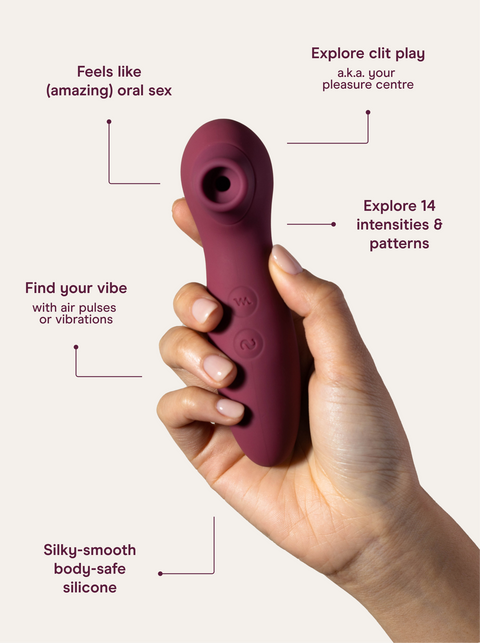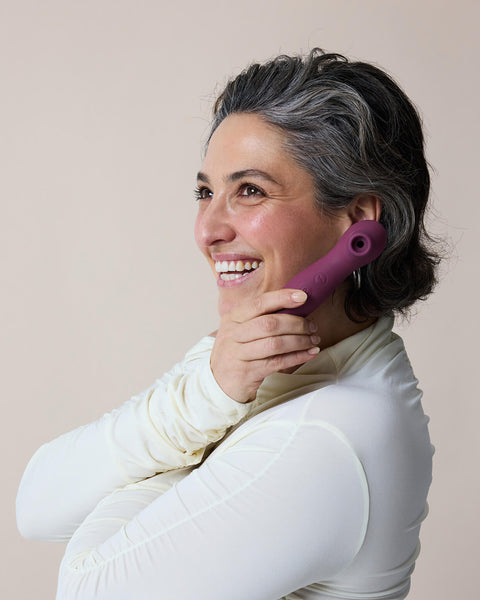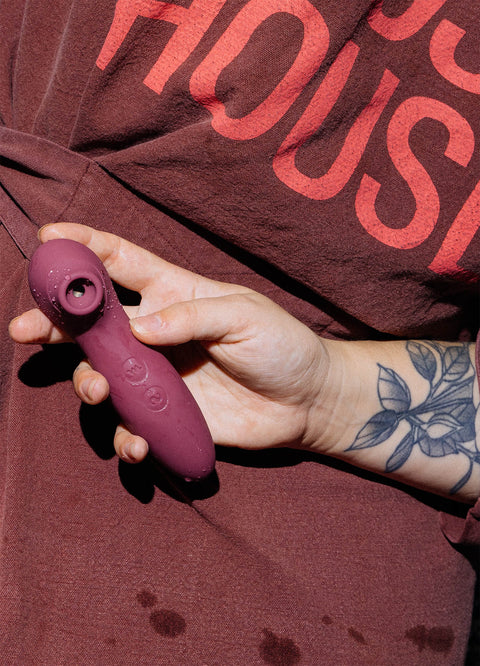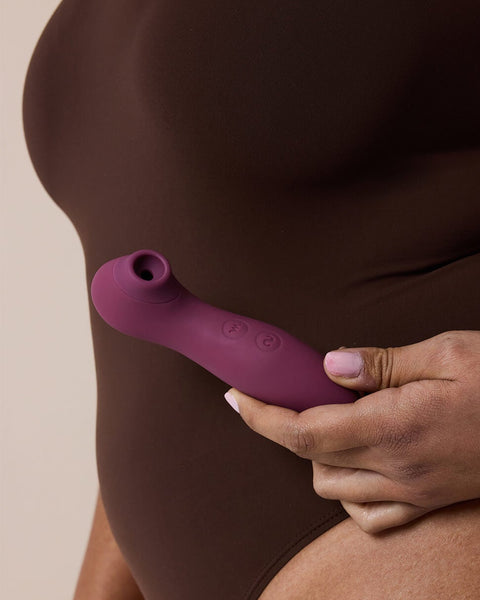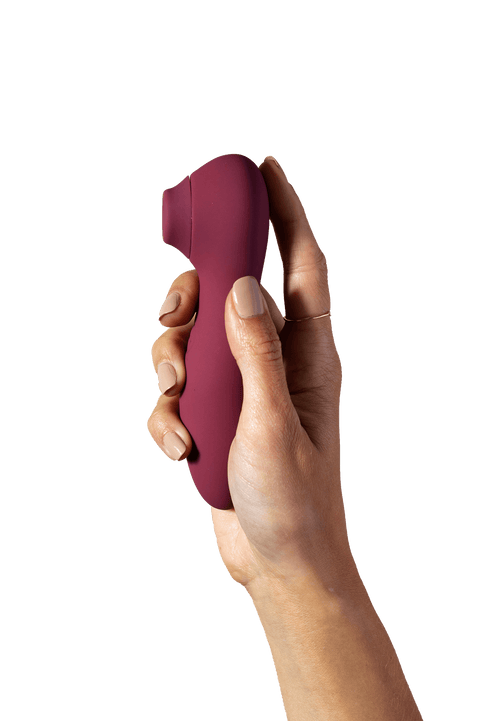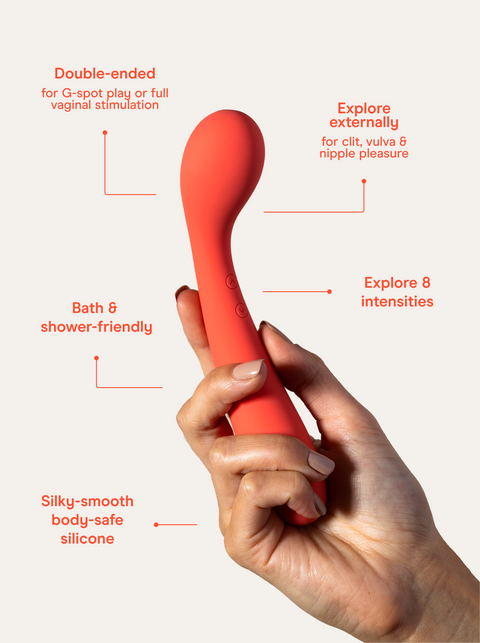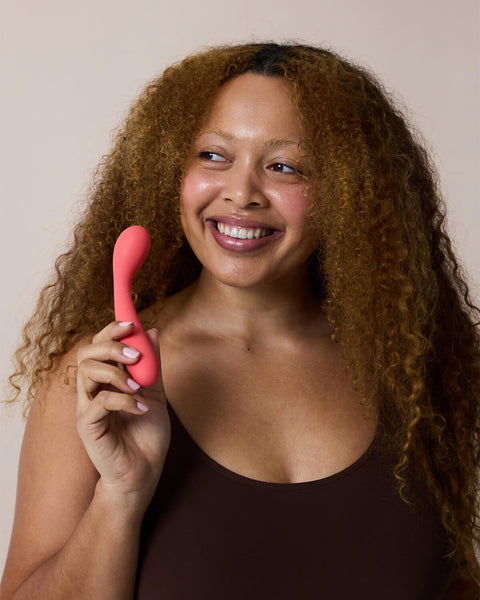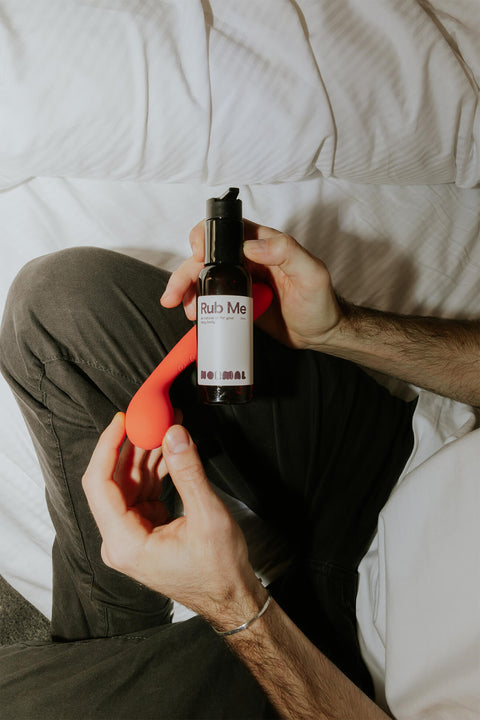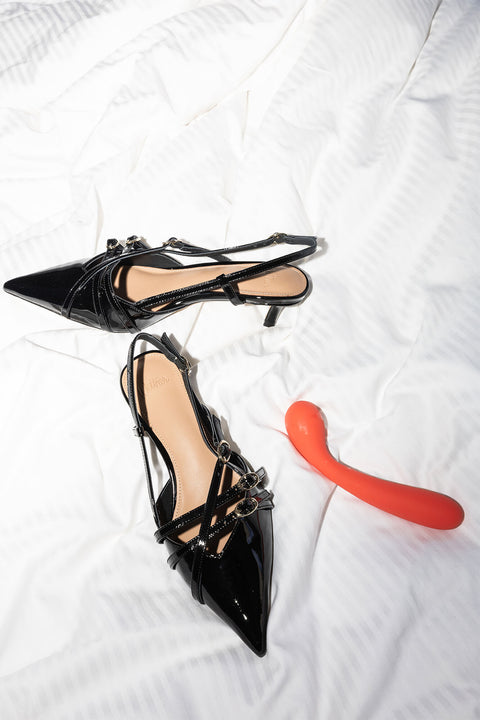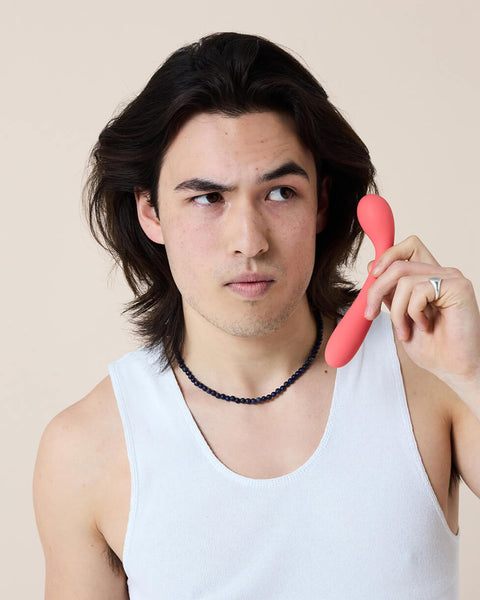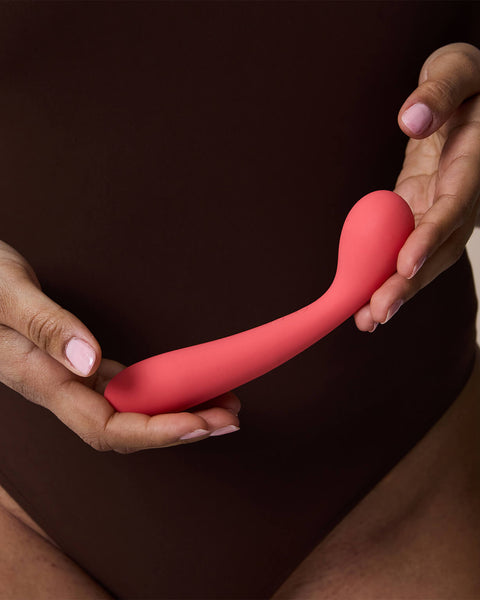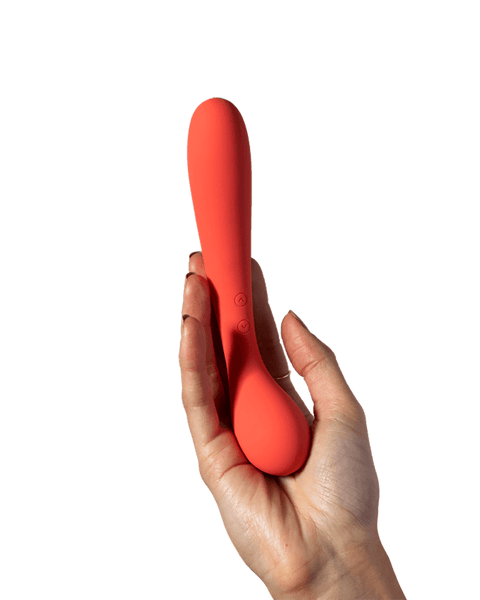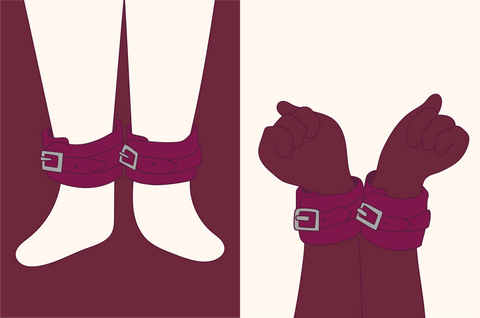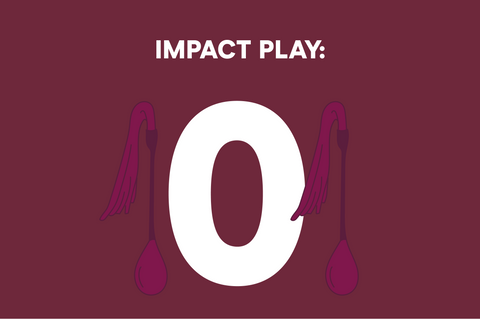Our new Kink Kit contains two restraints that are designed to be used on the wrists or ankles—and we think they might just take your sex life to a new level. Restraints can be used in a number of ways, and that’s one of the reasons why we love them. They’re versatile, they can be enjoyed by anyone, and ours are seriously comfy too.
If you’re brand new to using restraints or just want a bit of a refresher before you use ours, we’ve got you! Here’s everything you need to know about using restraints in the bedroom.
***
Why restraints?
Some people enjoy using restraints in bed because they like the feeling of being unable to move—it means that their partner has an element of control, and this can feel really exciting! Restraints can also make you feel exposed and vulnerable, and to some people this can feel super hot. From the other point of view, some people like it when their partner consents to being restrained during sex because it makes them feel like they’re ‘the boss’, and that they can take control.
How do I use them?
As the name indicates, restraints can be used during sex or foreplay to restrain one or both of the wrists or ankles. They can be restrained together, or apart if you have a nearby bedpost or table leg. You could even get creative and put one on yourself and one on your partner!
When using restraints, there are a few safety tips to keep in mind:
- Restraints should be snug, but they should never be that tight that they’re uncomfortable. If your hand or foot starts to tingle, hurt, or go numb while you’re wearing restraints, you should remove them immediately. The rule of thumb is that you should be able to insert two fingers between the restraint and your or your partner’s skin while they’re on—this usually gives enough space for comfort while still keeping the restraints secure.
- Don’t wear restraints for a long period of time. Even if they’re not too tight, restraints that hold you in one position for a long period of time (like with your arms above your head or your legs spread) can lead to pins and needles and numbness. Try to shift position and stretch regularly.
- Always make it so the restrained person can release themselves. Not only because it will help them to feel safer and more secure, but because if you were to faint or injure yourself while your partner was restrained, they could get themselves out if they had to.
A note on consent
Consent is absolutely vital for any sexual activity. Sex without consent isn’t sex, it’s assault. It's non-negotiable to obtain your partner’s consent prior to restraining them, and to have an ongoing discussion with them during play to ensure they’re still consenting. If your partner asks to stop, says ‘no’, seems uncomfortable, shuts down, or gives you any indication that they want to withdraw consent, you should stop immediately and remove the restraints.
Consent is really important to talk about with regards to restraints, because using restraints can often make people feel like they’re giving up power and control, and this can bring up a lot of strong emotions. We recommend talking about the ‘traffic light method’ with your partner and seeing if you might want to use it as a way to gauge each other’s comfort level and feelings. The traffic light method is one of many ways that people check in with each other during sex—we like it, but you might prefer to adapt it or come up with a unique method of your own. The most important thing is that you’re regularly checking in with your partner and that they have the opportunity to tell you to stop (or go, or slow down) at all times.
Where to start
If you’re brand-new to using restraints, here’s where we suggest getting started.
- Invite your partner to place their hands in a specific position and not move them, mimicking the feeling of being restrained
- Practise putting on and taking off the restraints, and invite your partner to practise too
- Restrain one of your partner’s hands or ankles, and talk with them about how it feels
- While one or both of your partner’s wrists or ankles is restrained, give them a massage, tickle them softly, or experiment with different forms of touch
- Experiment with role-reversal: if you’re into being tied up, ask your partner to tie you up and see how it feels!
Ready for more?
- Combine restraints with a blindfold, and see if this heightens other senses or increases sensitivity
- Combine restraints with impact play, such as light spanking
- While your partner is restrained, experiment with more diverse forms of touch like running an ice cube over their skin or tickling them with a feather
- While your partner is restrained, use their favourite toy on them
- Experiment with domination and submission, inviting your partner to take charge while you’re tied up or asking them if they want you to take charge while they’re tied up
Curious about exploring for yourself? Our Kink Kit is the perfect place to start, with elevated essentials and pleasure education from experts included.



